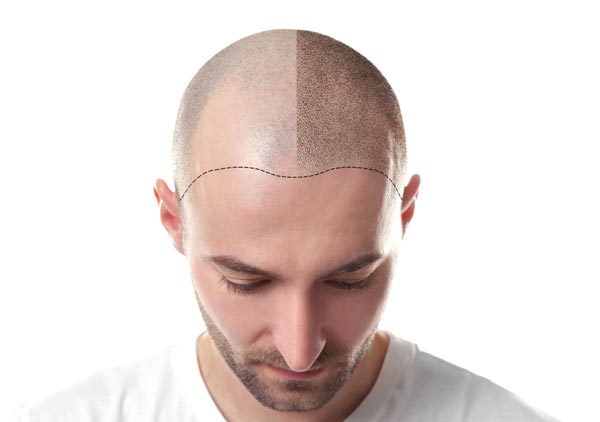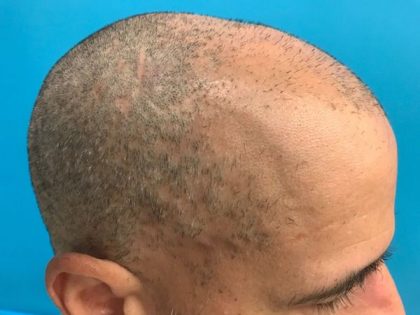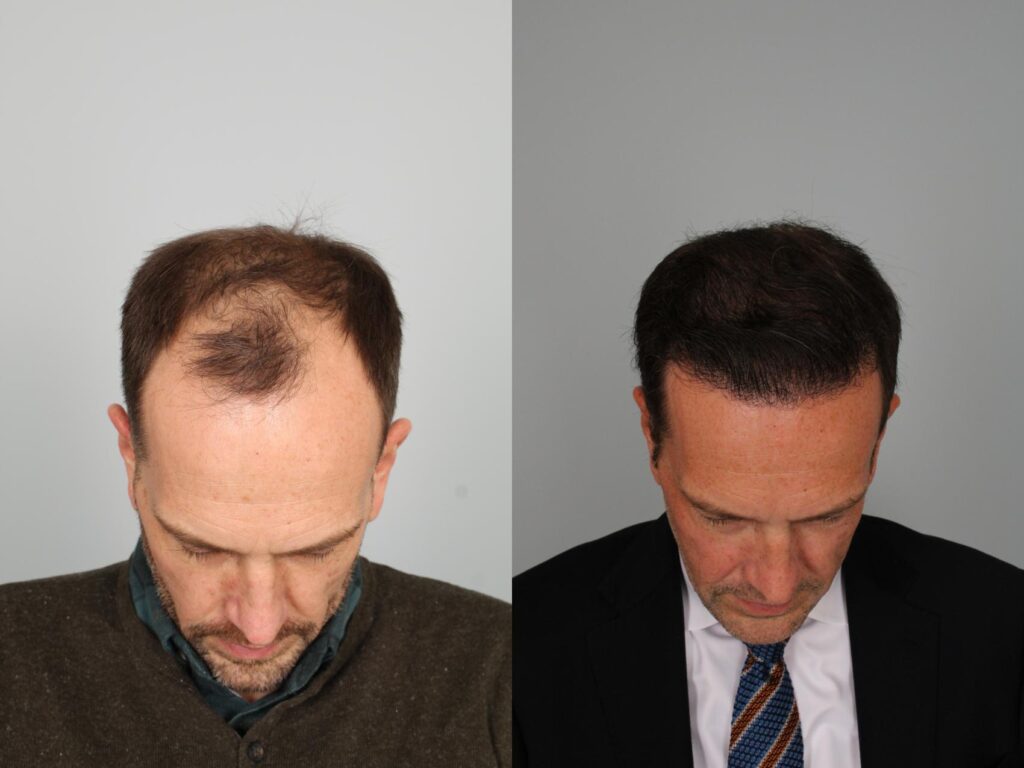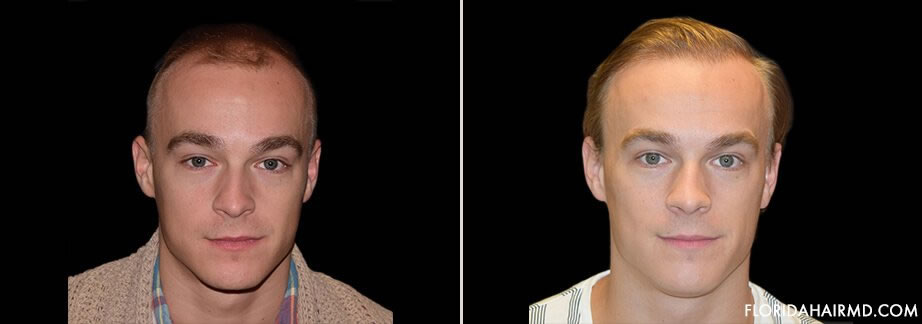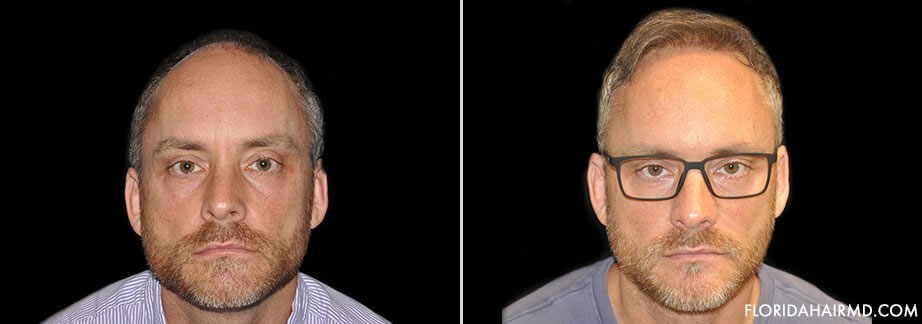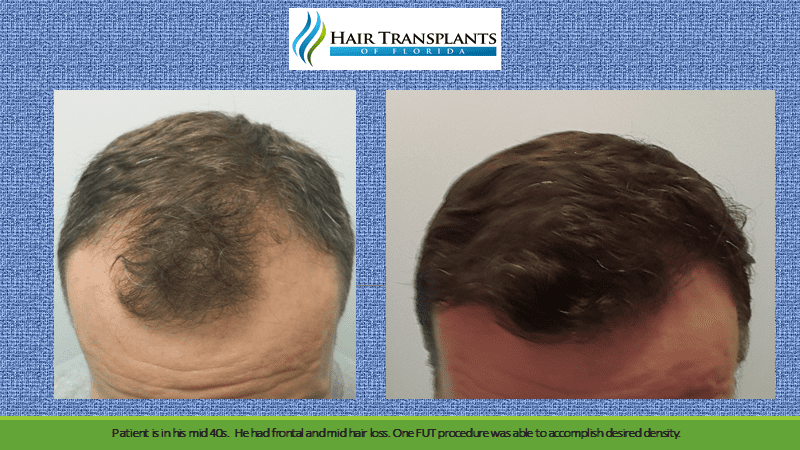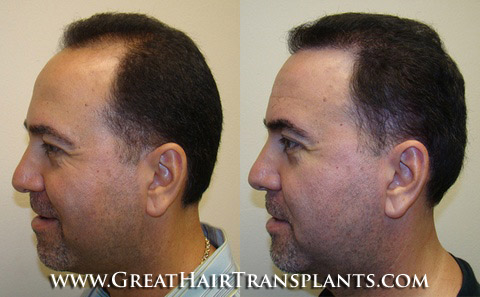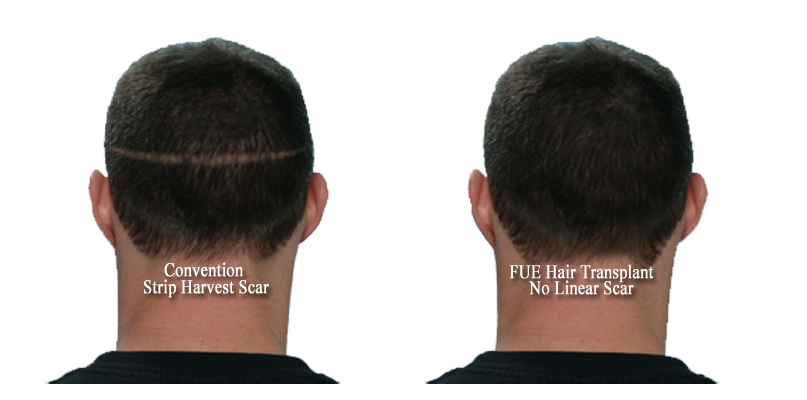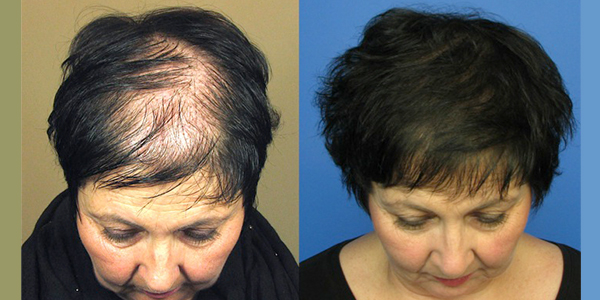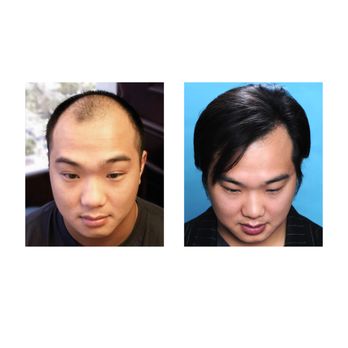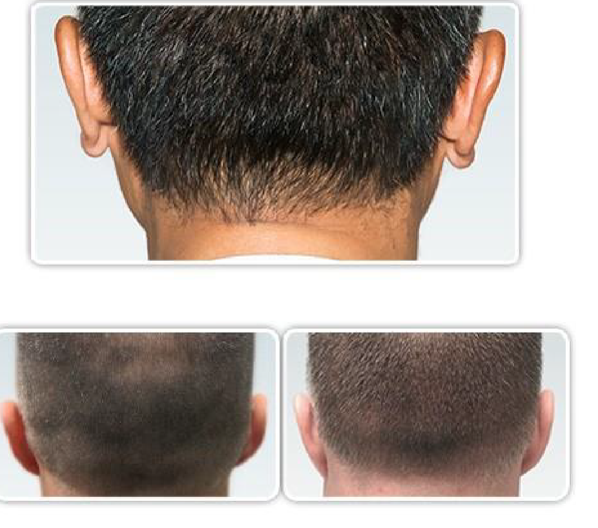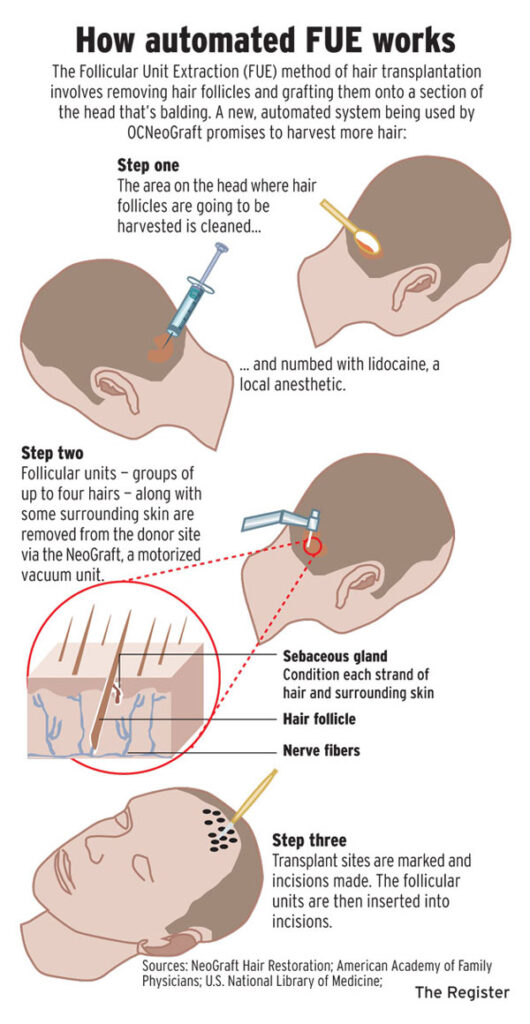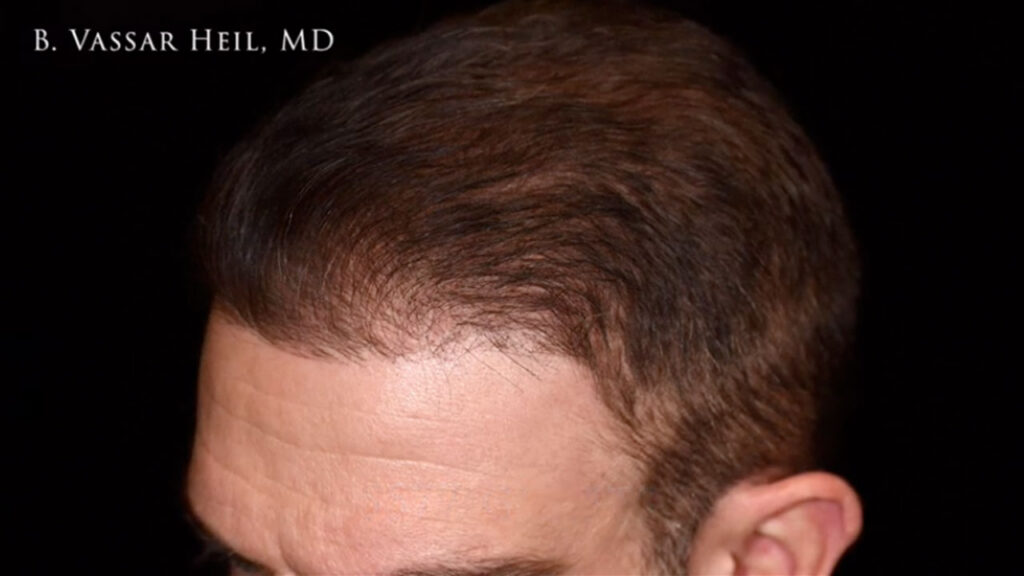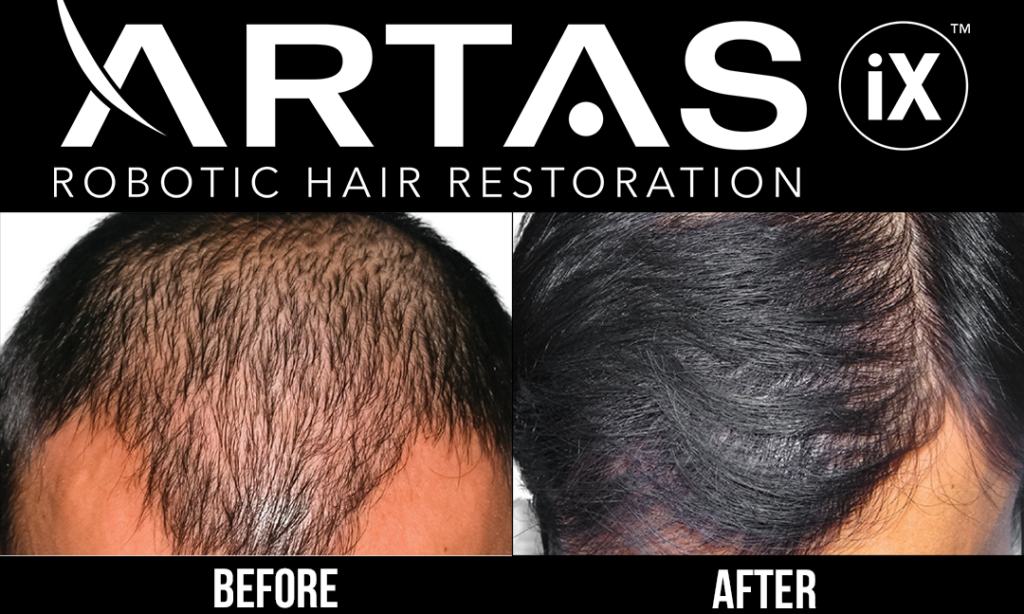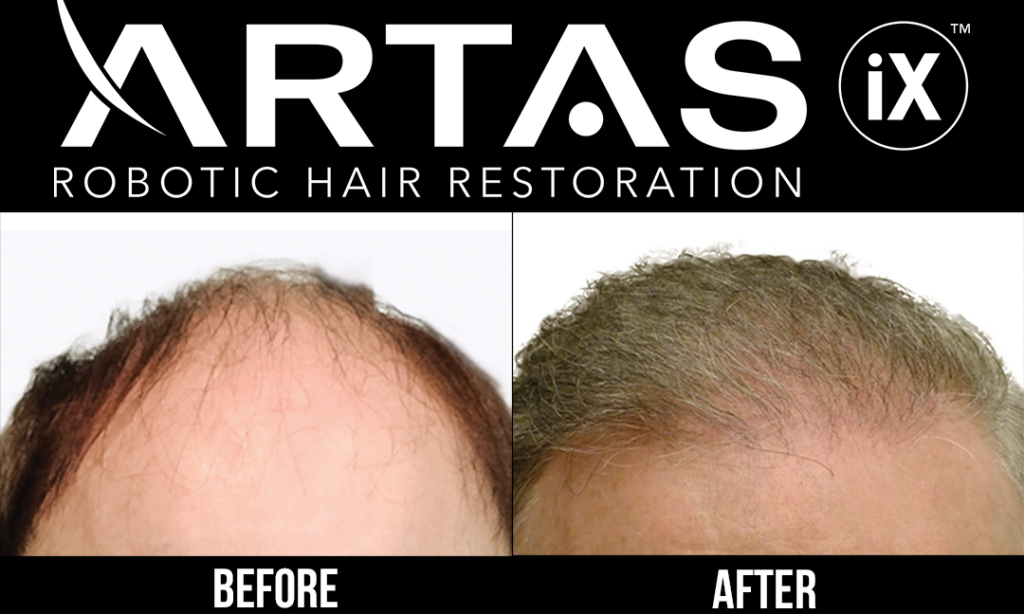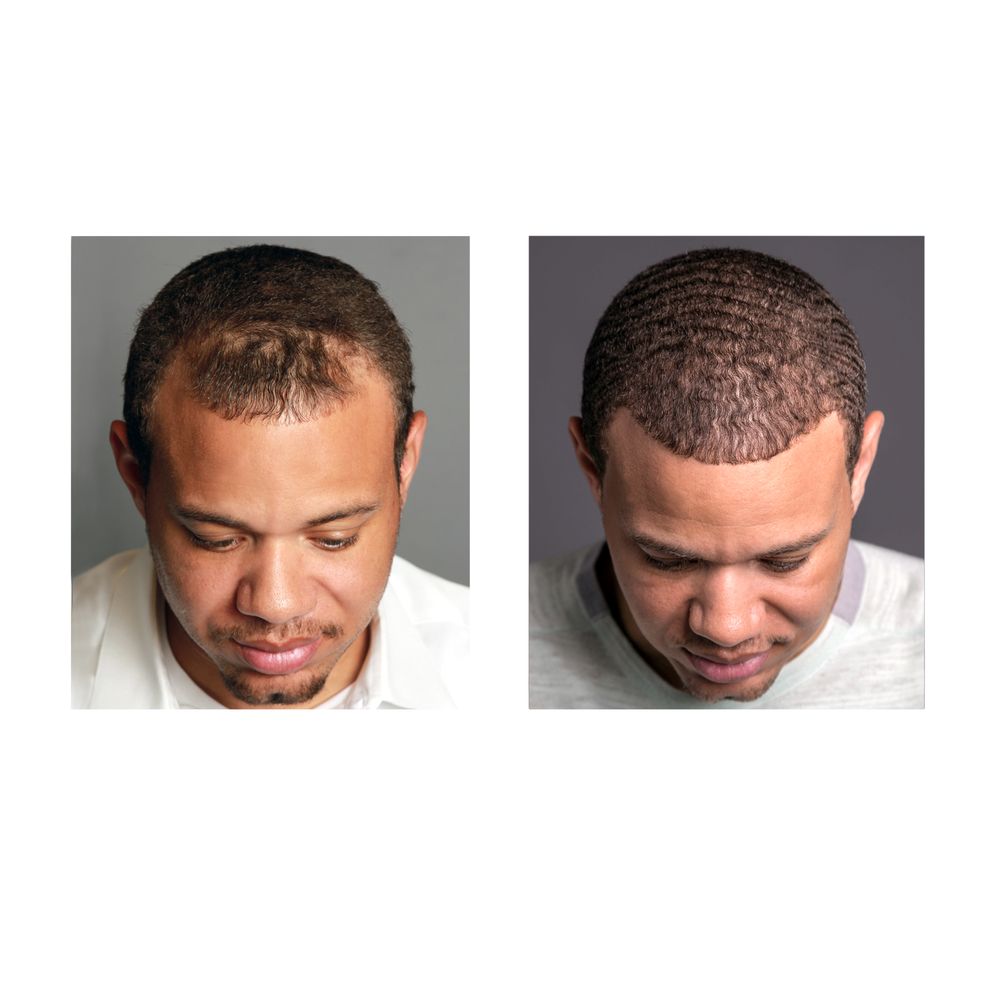Are you struggling with hair loss and searching for an effective solution? Look no further than Hair Transplant Fresno California! Our clinic is dedicated to helping residents of Fresno, California regain their confidence and restore their natural hair. With our advanced techniques and experienced surgeons, we provide seamless and natural-looking hair transplants that will leave you feeling like your old self again. Say goodbye to hair loss and hello to a full head of hair with Hair Transplant Fresno California!

What is Hair Transplant
Hair transplant is a surgical procedure that involves the extraction of hair from one area of the body, known as the donor site, and implanting it onto the bald or thinning areas of the scalp, known as the recipient site. The goal of a hair transplant is to restore hair growth and improve the overall appearance of the hair.
Definition
Hair transplant is a medical procedure that involves the surgical removal of hair follicles from one part of the body, usually the back of the head, and transplanting them onto the bald or thinning areas of the scalp. This procedure is commonly used to treat male pattern baldness, but it can also be used to restore hair in women or to cover scars resulting from accidents or surgery.
Procedure
During a hair transplant procedure, the surgeon will begin by numbing the donor and recipient areas with a local anesthetic. Then, depending on the chosen method of transplantation, either a strip of hair-containing skin will be removed from the donor area (Follicular Unit Transplantation or FUT) or individual hair follicles will be extracted one by one (Follicular Unit Extraction or FUE).
Once the hair grafts are harvested, the surgeon will create tiny incisions on the recipient site and carefully implant the grafts into these incisions. The number of grafts needed will depend on the extent of the hair loss and the desired results.
Candidates
The ideal candidates for a hair transplant are individuals who have experienced significant hair loss or thinning and have enough donor hair to achieve successful results. Candidates should be in good overall health and have realistic expectations about the outcome of the procedure. It is important to consult with a hair transplant surgeon to determine if you are a suitable candidate for the procedure.
Choosing a Hair Transplant Surgeon
When choosing a hair transplant surgeon, it is important to consider their experience, expertise, credentials, and certifications.
Experience and Expertise
Look for a surgeon who has extensive experience in performing hair transplant procedures. A highly experienced surgeon will have a deep understanding of the different techniques, potential complications, and how to achieve natural-looking results. Ask about the number of procedures they have performed, their success rates, and if they specialize in any particular method of transplantation.
Credentials and Certifications
Verify that the surgeon is board-certified and belongs to reputable professional organizations, such as the International Society of Hair Restoration Surgery (ISHRS). Certification ensures that the surgeon has met the necessary educational and ethical standards in the field of hair restoration.
Before and After Photos
Ask to see before and after photos of previous patients who have undergone a hair transplant with the surgeon. This will give you an idea of their skills and the potential results you can expect. Pay attention to the naturalness of the hairline and overall appearance of the transplanted hair.

Types of Hair Transplant Procedures
There are several types of hair transplant procedures available, each with its own advantages and disadvantages. Some of the most common procedures include:
Follicular Unit Transplantation (FUT)
Follicular Unit Transplantation, also known as strip harvesting, involves the removal of a narrow strip of scalp containing hair follicles from the donor area. The strip is then divided into individual grafts, which are implanted into the recipient area. FUT is a more invasive procedure compared to FUE, but it can yield a higher number of grafts in a single session.
Follicular Unit Extraction (FUE)
Follicular Unit Extraction involves the extraction of individual hair follicles from the donor area using a small punch tool. These follicles are then implanted into the recipient site. FUE is a less invasive procedure, leaving minimal scarring in the donor area. It is a preferred method for individuals who want to wear their hair short or have a limited donor supply.
Robotic Hair Transplantation
Robotic Hair Transplantation utilizes advanced robotic technology to assist in the extraction and implantation of hair follicles. This method provides precise and consistent graft placement, reducing the risk of human error. It is a relatively newer technique but is gaining popularity due to its efficiency and accuracy.
Preparing for a Hair Transplant
Before undergoing a hair transplant procedure, it is important to prepare yourself physically and mentally. The following steps are typically involved in the preparation process:
Consultation with Surgeon
Schedule a consultation with your chosen hair transplant surgeon to discuss your goals and expectations. The surgeon will evaluate your hair loss pattern, assess the condition of your donor area, and determine the best course of action for your specific case.
Medical Evaluation
Undergo a thorough medical evaluation to ensure that you are in good overall health and that there are no underlying medical conditions that may interfere with the procedure. The surgeon will review your medical history, perform necessary blood tests, and assess your scalp and hair condition.
Medication and Supplements
Discuss with your surgeon any medications or supplements you are currently taking. Some medications, such as blood thinners, may need to be temporarily paused to minimize the risk of bleeding during the procedure. Additionally, your surgeon may recommend certain supplements, such as biotin, to improve the health of your hair before the transplant.

The Hair Transplant Procedure
The hair transplant procedure typically consists of the following steps:
Preparation and Anesthesia
Before the procedure begins, the surgeon will sterilize the donor and recipient areas and mark the areas where the grafts will be placed. Local anesthesia will be administered to numb the areas, ensuring that you are comfortable throughout the procedure.
Harvesting of Hair Grafts
Depending on the chosen method, the surgeon will either remove a strip of skin containing hair follicles (FUT) or extract individual hair follicles (FUE) from the donor area. FUT involves stitching the donor area closed, while FUE leaves tiny, dot-like scars that are easily concealed.
Recipient Site Creation
Using small, precise incisions, the surgeon will create the recipient sites on the bald or thinning areas of the scalp. The size, angle, and direction of these incisions are carefully planned to mimic the natural hair growth pattern and ensure optimal results.
Graft Placement
The harvested hair grafts will be meticulously placed into the recipient sites, taking into consideration the density, direction, and angle of the existing hair. This process requires great skill and precision to achieve a natural-looking result.
Recovery and Post-Operative Care
After the hair transplant procedure, proper recovery and post-operative care are crucial to ensure optimal results. The following aspects should be considered during the recovery period:
Immediate Aftercare
The surgeon will provide specific instructions on how to care for the grafted area immediately after the procedure. This may involve avoiding touching the grafts, wearing a protective bandage or cap, and refraining from activities that could dislodge the grafts.
Medications and Pain Management
Pain medications and antibiotics may be prescribed to manage any discomfort or minimize the risk of infection. Follow the prescribed dosage and schedule to promote a smooth recovery.
Shampooing and Washing
Your surgeon will provide guidelines on when and how to start washing your hair after the transplant. It is important to follow these instructions carefully to keep the scalp clean and prevent any complications.
Physical Activity Restrictions
During the initial recovery period, it is important to avoid strenuous physical activities that may increase blood flow to the scalp and potentially disrupt the grafts. Your surgeon will provide specific guidelines on when it is safe to resume your regular exercise routine.

Potential Risks and Complications
As with any surgical procedure, hair transplant surgery carries some risks and potential complications. It is important to be aware of these before making a decision. Some possible risks include:
Bleeding and Infection
Although rare, bleeding and infection can occur after a hair transplant procedure. It is important to follow the post-operative care instructions provided by your surgeon and promptly report any unusual symptoms.
Scarring and Poor Hair Growth
Some scarring is inevitable after a hair transplant, especially with the FUT method. However, an experienced surgeon can minimize the visibility of scars and ensure that the hair in the donor and recipient areas grows naturally and blends seamlessly.
Shock Loss
Shock loss refers to the temporary shedding of pre-existing hair in the recipient area after a hair transplant. This is a normal part of the recovery process, and the transplanted hair will begin to grow back within a few months.
Numbness and Sensitivity
After a hair transplant, some individuals may experience temporary numbness or sensitivity in the donor and recipient areas. These sensations usually subside within a few weeks or months as the scalp heals.
Results and Expectations
Hair transplant results vary from person to person, and it is important to have realistic expectations. Here are some factors to consider:
Timeline of Hair Growth
After a hair transplant, it takes time for the transplanted hair follicles to establish blood supply and start growing. Most individuals start to see new hair growth within 3-4 months, with full results becoming visible after 9-12 months.
Natural-looking Results
A skilled and experienced surgeon will strive to achieve natural-looking results that blend seamlessly with the existing hair. The transplanted hair will continue to grow and can be cut, styled, and treated like natural hair.
Follow-up Procedures
In some cases, additional hair transplant procedures may be necessary to achieve desired density or address ongoing hair loss. Your surgeon will discuss the possibility of follow-up procedures and provide recommendations based on your individual situation.

Cost and Financing Options
The cost of a hair transplant procedure can vary depending on various factors. Some factors that can influence the cost include:
Factors Influencing Cost
- The extent of hair loss
- The number of grafts needed
- The chosen method of transplantation
- The experience and reputation of the surgeon
It is important to consult with your chosen surgeon to get an accurate estimate of the cost based on your specific case.
Insurance Coverage
In most cases, hair transplant procedures are considered cosmetic and are not covered by insurance. However, there may be exceptions if the hair loss is due to medical conditions or trauma. Check with your insurance provider to determine if any coverage is available.
Financing and Payment Plans
Many hair transplant clinics offer financing options and payment plans to make the procedure more affordable. These plans can help spread out the cost of the transplant over time and make it more manageable for individuals who may not be able to pay the full amount upfront.
Hair Transplant Clinics in Fresno
Fresno, California is home to several hair transplant clinics where individuals can seek professional guidance and undergo hair transplant procedures. Some notable clinics in Fresno include:
Clinic A
Clinic A is a well-established hair transplant clinic in Fresno, known for its experienced surgeons and advanced techniques. They offer both FUT and FUE procedures, ensuring personalized treatment plans tailored to each patient’s needs.
Clinic B
Clinic B is a reputable hair transplant clinic that prioritizes natural-looking results and patient satisfaction. Their team of skilled surgeons employs the latest techniques, including robotic hair transplantation, to achieve optimal outcomes.
Clinic C
Clinic C is a state-of-the-art hair transplant clinic in Fresno, equipped with advanced technology and a team of highly trained surgeons. They offer comprehensive consultation services and personalized treatment plans to address each patient’s unique hair loss concerns.
When considering a hair transplant clinic, it is important to research and read reviews, consult with multiple surgeons, and choose a clinic that aligns with your goals and offers a high standard of care.
In conclusion, a hair transplant can be an effective solution for individuals experiencing hair loss or thinning. It is important to choose an experienced surgeon, understand the different types of procedures available, and have realistic expectations about the results. By following proper pre-operative and post-operative care, individuals can enhance their chances of achieving natural-looking, long-lasting results.






